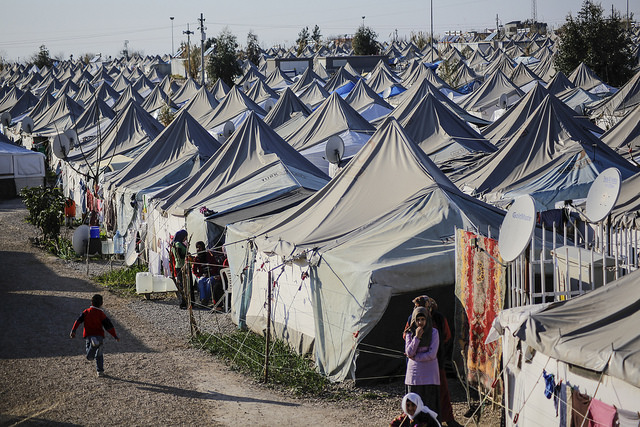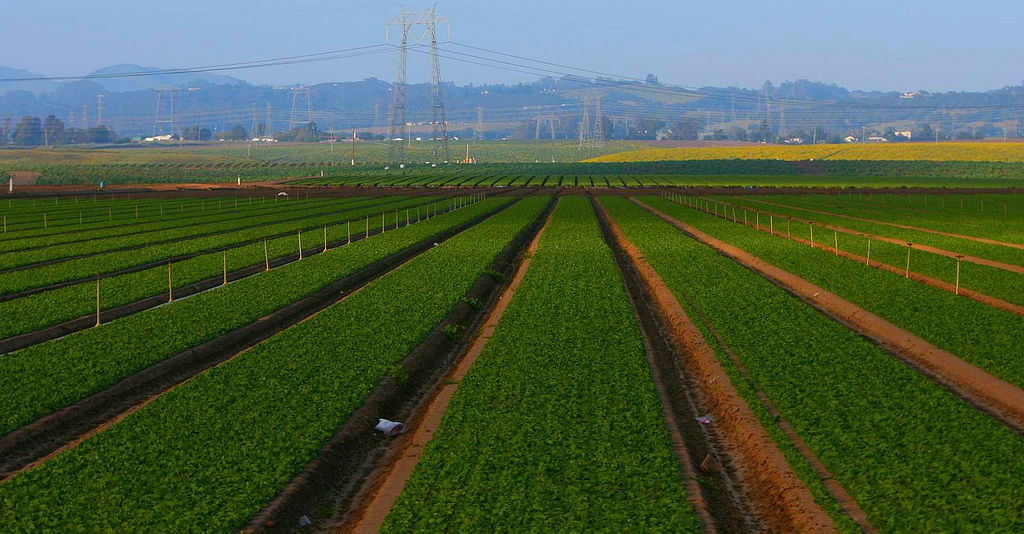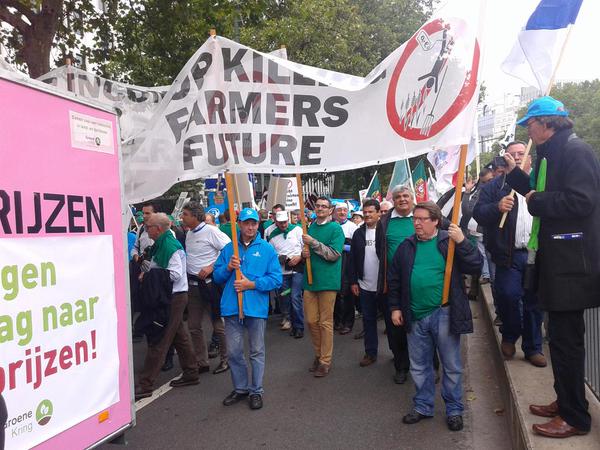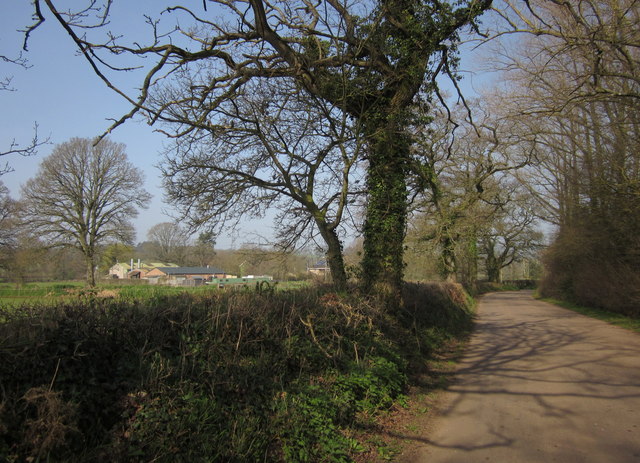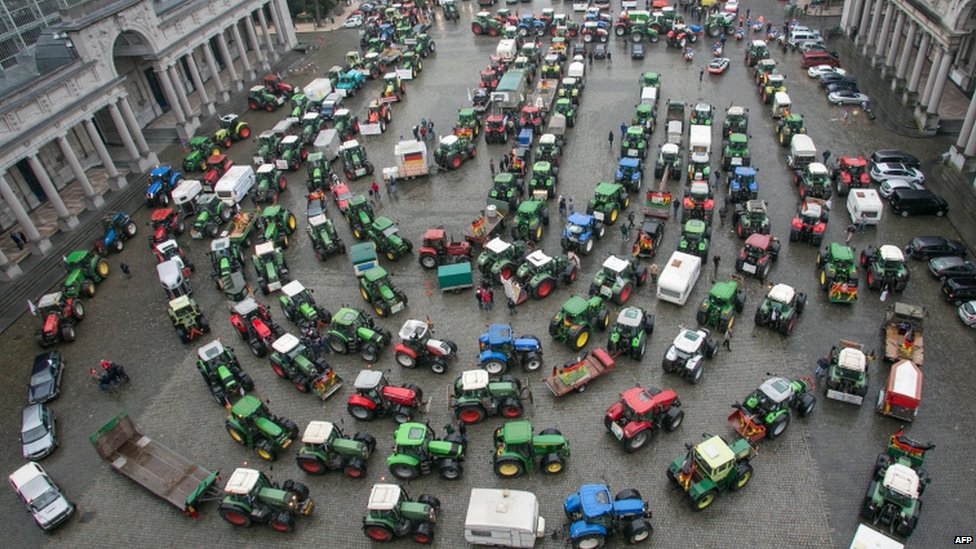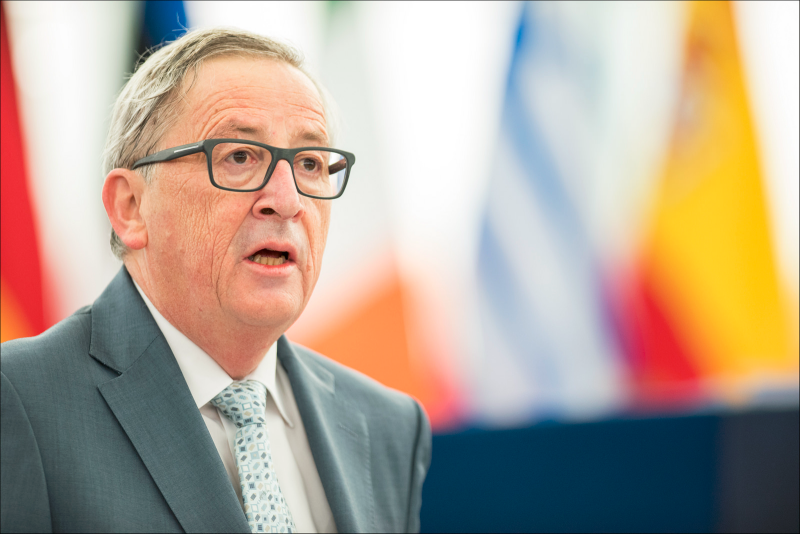It has long been recognised that greater price and income volatility would accompany the move to a more market-oriented Common Agricultural Policy (CAP). Already in the run-up to the Fischler Mid-Term Review (MTR) in 2003 which led to the decoupling of direct payments, the Commission published a working document on risk management tools for agriculture, with a special focus on insurance, in 2001. The Council MTR agreement mandated the Commission to study specific measures to address risks, crises and natural disasters that agriculture may face. This led to a Communication from the Commission in 2005 on risk and crisis management in agriculture which discussed different instruments that could be implemented in the CAP.… Read the rest
Preparing for the MFF Mid-Term Review
The EU budget is under increasing pressure in the face of both new and unexpected expenditure demands. Already, in the first two years of this Multiannual Financial Framework (MFF) period 2014-2020, virtually all of the flexibility instruments which were put in place have been fully utilised, in part to fund the incoming Commission’s flagship project for a European Fund for Strategic Investments, and in part in response to the large number of arrivals of asylum-seekers, refugees and migrants as well as the terrorist attacks in Europe. In total, around €12 billion has so far been mobilised under the various flexibility instruments, leading one commentator to observe that “the EU budget had been flexed to the maximum”.… Read the rest
Further note on EU farm income trends
In my previous post, I discussed recent EU farm income trends based on recently-updated Eurostat data. Earlier this week, DG Agriculture and Rural Development released an update of its CAP Context Indicators. These are part of a set of CAP Indicators linked to output, results and impact which are aimed at measuring the effects of policy measures (the value of these indicators is discussed by Koester and Loy in this post).
The Context Indicators are intended to monitor general contextual trends in the economy, environment and society which may affect the performance of the CAP. There is a wealth of useful information in the short fact sheets which accompany each indicator.… Read the rest
Recent trends in EU farm incomes
Earlier this month, without any fanfare, Eurostat produced its estimates of farm income for 2015 (see its database domain aact_eaa06 under the Economic Accounts for Agriculture, EAA). Given the noisy campaign by the farm lobby in recent months for additional support to the sector, one would expect the figures to show a sector in dire straits, reeling from crisis. There are, of course, individual sectors in trouble. There are individual member states where farm incomes over the past two years have taken a very serious hit. And there are individual farmers in all sectors, particularly those who are heavily borrowed, who have run into financial difficulty.… Read the rest
The use of CAP impact indicators for policy evaluation
This post is written by Ulrich Koester and Jens-Peter Loy
According to new legislation, the European Commission (EC) is in charge of evaluating Pillar 1 measures of the Common Agricultural Policy (CAP), while Pillar 2 measures have to be evaluated by the Member States (MS). Pillar 1 measures are of utmost importance for EU expenditure, amounting to a share of about 40% of the total expenditure of the EU budget. The request for evaluation is a significant step forward. One may wonder whether this new task indicates that the measures of the CAP have not been evaluated regularly so far. In the following, we focus on one specific measure, direct payments, for two reasons.… Read the rest
Council supports voluntary milk reduction scheme
Yesterday, the Agriculture Council agreed on a package of 13 measures to bring relief to agricultural markets in difficulty. Most attention has focused on the Commission’s willingness to invoke Article 222 of the CMO Regulation to permit producer organisations and recognised interbranch organisations in the dairy sector to introduce voluntary measures to reduce milk supplies, financed by member state funds. This attention is due more to the unusual nature of the measure rather than an assessment of its likely effectiveness.
The measure was put forward by Commissioner Hogan in his address to the Council. The agreement is summarised here in the Presidency Council conclusions and here in this DG AGRI press release following the meeting.… Read the rest
Temporary supply management for milk offers no solution
The agenda for Ministers meeting at the Agriculture Council meeting tomorrow Monday 14th March includes a discussion of the difficult market situation facing a number of agricultural sectors, including dairy, pigmeat and fruits and vegetables. Ministers will assess the adequacy and effectiveness of the market support measures currently in place, and whether additional measures could be envisaged.
At last month’s February Council, member states were invited to submit concrete proposals on possible additional measures, on top of the €500 million aid package adopted by the Council last September (extraordinarily, only 10 out of 28 member states have so far introduced schemes to spend this money).… Read the rest
Back to the CAP's future: An interest- or evidence-based policy?
In May 2016, at an informal AGRIFISH Council meeting, the Dutch Presidency will discuss the CAP post-2020. A mere 2.5 years after the last reform (finalised in December 2013) and just after the first execution of the new First Pillar payments and Rural Development Programme schemes in 2015, a new round of discussions about the rationale, goals, measures and impacts, of the CAP is already beginning; in effect, a new CAP reform.
Entering the first phase of reform, we may assume that the formation of political decisions and new legislation will take place in familiar stages. In the first stage, everything goes; it is marked by diverse and opposing opinions of Member States, think-tanks, interest groups and individuals.… Read the rest
Agriculture in the debate over Brexit
The European Council meets this Thursday in the hope that it will agree on a package of measures that will satisfy the UK’s demand for a renegotiation of its relationship with the EU. The details of the package and the main stumbling blocks are spelled out in the Council President Donald Tusk’s invitation to leaders to the Council meeting. The mood music leading up to the summit meeting is constantly changing. Whether this is a careful choreography to persuade voters back home that what will be achieved is a significant deal, or whether the continuing objections will derail a deal will be clearer by the end of this week.… Read the rest
The 2016 mid-term review of the Multi-annual Financial Framework
Imagine a scenario where UK voters go to the polls later this year to vote on whether to remain in or leave the EU, while at the same time in Brussels a debate is in full swing over whether to increase the ceilings for the 2014-2020 Multi-annnual Financial Framework (MFF), and thus the UK contribution to the EU budget. This seems to be the nightmare scenario behind the story carried by Euractiv earlier this week based on the views of an anonymous EU official and which declared that “the major event in the calendar of the Juncker Commission, the midterm review of the European Union’s 7 year budget, has been effectively cancelled”.… Read the rest


